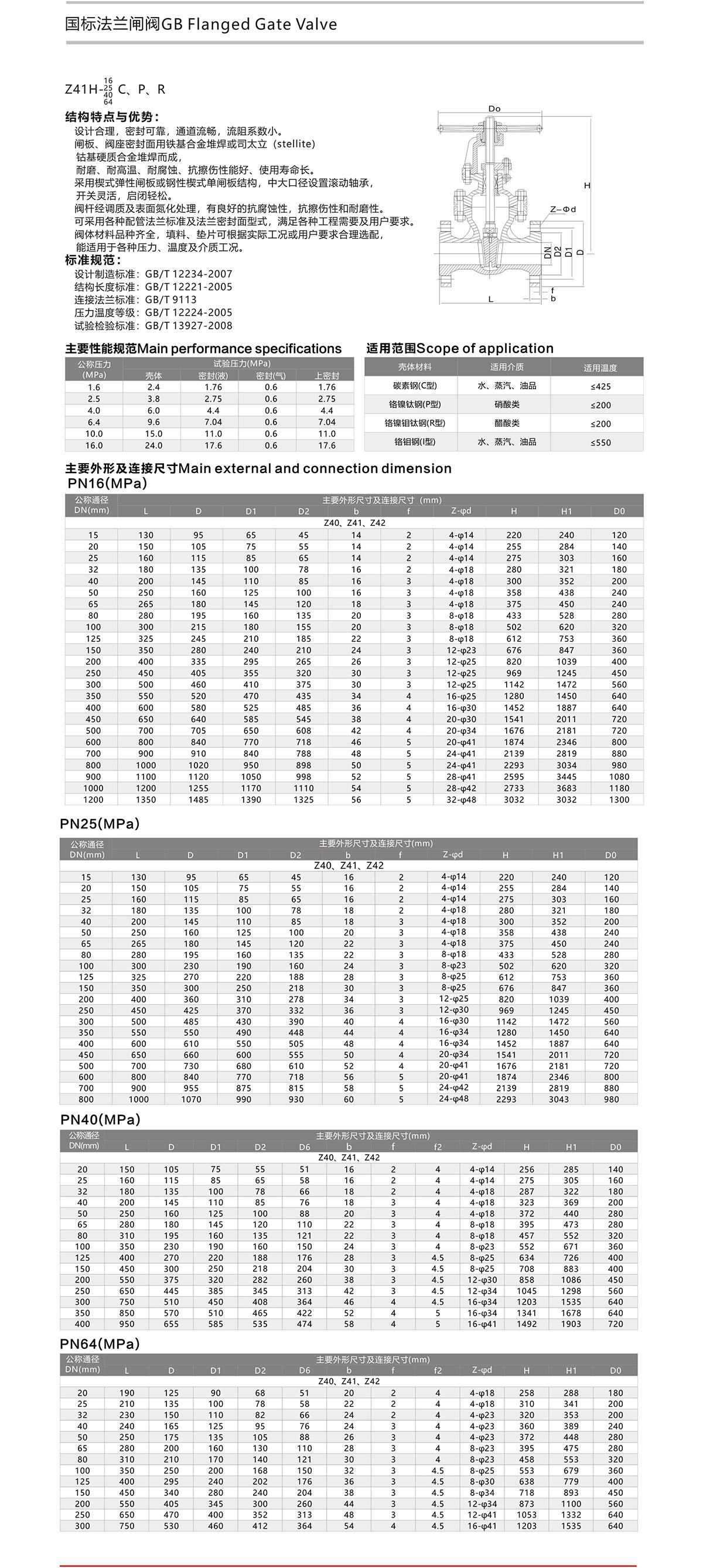

The formation of abnormal pressure boost of cast steel gate valves will occur surprisingly similarly in many applications of cast steel gate valves, because the two major elements of its occurrence are similar in many industrial systems, that is, the syst
Contact 0577-86612207 86612208
Email sm@zgsmv.com

The formation of abnormal pressure boost of cast steel gate valves will occur surprisingly similarly in many applications of cast steel gate valves, because the two major elements of its occurrence are similar in many industrial systems, that is, the system medium changes from cold to hot after starting up; The ram closes in cold and opens in hot. Therefore, if no measures are taken to the system, the damage of the abnormal pressure boost to the system is almost inevitable, which has three aspects of harm:
1, the damage to the valve itself
The strength of the valve shell, valve cover and valve stem parts is generally designed with the nominal pressure of the valve. When the abnormal pressure is raised, the opening pressure will be doubled, resulting in the use of related parts of the stress will be doubled, when the actual stress of the material exceeds the allowable stress, the high stress part will be broken, resulting in the valve can not be opened, the valve will be damaged or scrapped.
2. Damage to the system
Obviously, the shell, valve cover and other pressure parts overpressure is very dangerous, once the overpressure of its weak parts may first perforate, causing the medium to leak out; The packing and self-sealing ring parts are often washed out by high pressure fluid, causing a large amount of media leakage. When the medium is high temperature gas, toxic gas, harmful gas will be more serious, and even cause damage to equipment and personnel.
3, causing huge losses to the production control process
The normal opening and closing of the valve is the key to the control of various industrial processes. Once this control cannot be achieved, the system will be shut down for maintenance, which will cause huge direct or indirect losses.



